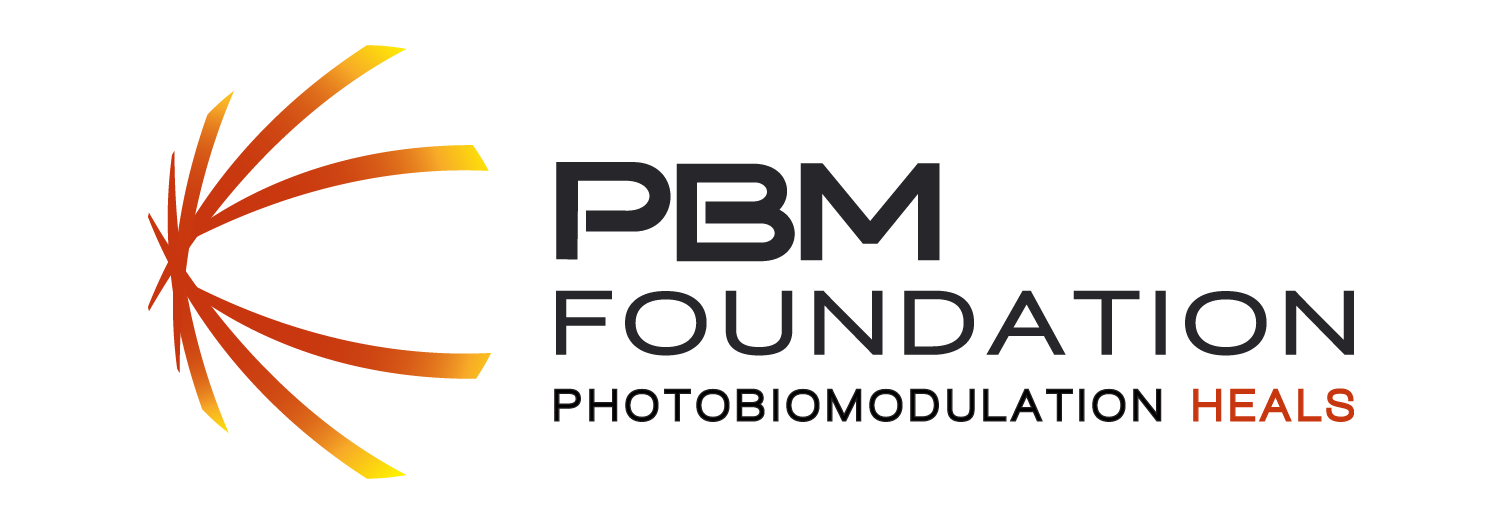Tailoring photobiomodulation to enhance tissue regeneration
Abstract
Photobiomodulation (PBM), the use of biocompatible tissue-penetrating light to interact with intracellular chromophores to modulate the fates of cells and tissues, has emerged as a promising non-invasive approach to enhancing tissue regeneration. Unlike photodynamic or photothermal therapies that require the use of photothermal agents or photosensitizers, PBM treatment does not need external agents. With its non-harmful nature, PBM has demonstrated efficacy in enhancing molecular secretions and cellular functions relevant to tissue regeneration. The utilization of low-level light from various sources in PBM targets cytochrome c oxidase, leading to increased synthesis of adenosine triphosphate, induction of growth factor secretion, activation of signaling pathways, and promotion of direct or indirect gene expression. When integrated with stem cell populations, bioactive molecules or nanoparticles, or biomaterial scaffolds, PBM proves effective in significantly improving tissue regeneration. This review consolidates findings from in vitro, in vivo, and human clinical outcomes of both PBM alone and PBM-combined therapies in tissue regeneration applications. It encompasses the background of PBM invention, optimization of PBM parameters (such as wavelength, irradiation, and exposure time), and understanding of the mechanisms for PBM to enhance tissue regeneration. The comprehensive exploration concludes with insights into future directions and perspectives for the tissue regeneration applications of PBM.
Read more on pubmed.ncbi.nlm.nig.gov or download the PDF

